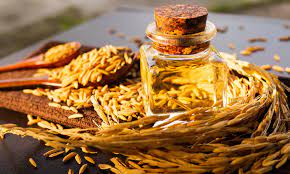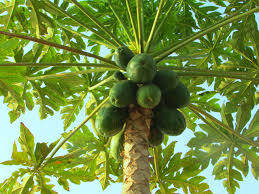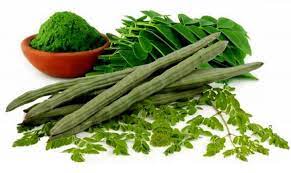
Rice bran is one of the main byproducts in the process of the rice milling. It is the outer brown layer of brown rice and is separated during the milling process.
Rice bran is used for treating diabetes, high blood pressure, high cholesterol, alcoholism, obesity, and AIDS; for preventing stomach and colon cancer; for preventing heart and blood vessel (cardiovascular) disease; for strengthening the immune system; for increasing energy and improving athletic performance; for improving liver function; and as an antioxidant.
Rice bran oil is a type of edible vegetable oil derived from the outer brown layer of rice. It is high in vitamin E, antioxidants, and natural bioactive phytoceuticals such as oryzanol, tocopherols, tocotrienols, and lecithin, and has a mild flavour and neutral taste. It is extremely versatile and light in texture, with delicate flavours that are suitable for high-temperature cooking and can be easily blended with other less stable oils.
Rice bran oil is also used for high cholesterol. Some people apply rice bran directly to the skin for an allergic skin rash called eczema (ectopic dermatitis).
The global rice bran oil market reached a volume of 1.65 million tons in 2022. The market is expected to further grow at a compound annual growth rate (CAGR) of two point three percent (2.3%) in the forecast period of 2023-2028 to attain a volume of 1.90 million tons by 2028.
Rising awareness of rice bran oil's numerous health benefits has increased its consumption. This, combined with the high demand for low-fat and high-nutritional-content foods and beverages, is fuelling market growth. Furthermore, the World Health Organization (WHO) and the American Heart Association have approved the use of rice bran oil, claiming that its monounsaturated, polyunsaturated, and saturated fats composition is much safer than that of most other vegetable oils.
Rice bran oil contains oryzanol, which promotes hair growth, protects the skin from U.V. rays, and prevents ageing, it has become an important component in the cosmetics and pharmaceutical industries for the production of soaps, moisturisers, lotions, and hair care products. Other key factors driving market growth include rapid urbanisation, rising disposable incomes, changing lifestyles, aggressive marketing by manufacturers, and increased penetration in both developed and emerging markets.
End user
Industrial
Edible
Application
Pharmaceuticals
Food and Beverages
Personal Care
Cosmetics
In 2021, rice, paddy production for Nigeria was 8.34 million tonnes. Rice, paddy production of Nigeria increased from four hundred and forty-seven thousand (447,000) tonnes in 1972 to eight million, three hundred and forty thousand (8,340,000) tonnes in 2021 growing at an average annual rate of eight point seventy-two percent (8.72%).
There is high demand for rice in Nigeria. With a population of over two hundred million (200,000,000) people and an estimated national population growth rate of five point seven percent (5.7%) per annum, Nigeria has a large market for rice bran oil. Setting up a rice bran oil production plant in Nigeria would enable investors to take full benefit of the rice processing value chain.






















